It’s been nearly two years since the first full campaign in the McElroy family’s actual-play Dungeons and Dragons podcast, The Adventure Zone, came to an end. In August 2018, the first arc, titled Here There Be Gerblins, was released as a graphic novel through publisher First Second and instantly became a #1 New York Times best seller. On Tuesday, July 16, the McElroys will release the second TAZ graphic novel, Murder on the Rockport Limited!
Ahead of this release, The Beat caught up with co-writers Travis McElroy and Clint McElroy, along with series artist Carey Pietsch, via phone to talk about the difficulties of adapting a podcast into a comic, the temptation to change character beats on a rewrite, the completion of the second graphic novel and more.
Charlie Davis: Did you guys always know this was going to be a series of books and would continue after the first GN, or did the success of the first book drive you to want to continue?
Travis McElroy: If I remember correctly, we went into book one with the plan that there would be a book two, but with the option that if it blew up and turned out to be terrible that we could say, “You know what? We’ve got a call on the other line.” And we would just never do book two. We decided pretty quickly in the process that we liked the way that book one was turning out and that we would also like to make at least a second book.
Davis: For those who may not be familiar with the series, can you talk a little bit about Murder on the Rockport Limited? I know it’s a story that has a lot of awesome action and hilarious moments, so was there anything you found particularly challenging about synthesizing all of that into the comic format?
Travis McElroy: I’ll do a quick synopsis for anyone that doesn’t know. The three main characters, Magnus, Taako, and Merle are sent to find an item that was with one of the Bureau of Balance agents that has gone missing. He was supposed to be on a train called the Rockport Limited and the agent has been found dead. So they show up on the train… and they then have to solve a murder mystery and find the item to stop evil and do good.
Clint McElroy: Not just a murder! A murder most foul. In each one of the arcs in Balance [the first full TAZ campaign] they all kind of had their own kind of feel. Gerblins was pretty much a dungeon crawl, but for Rockport, it was a murder mystery. Here’s something that’s probably not a surprise: it was influenced by Murder on the Orient Express and other works of that kind.
So to answer your question… because of the very linear nature of the story, it made the actual planning and plotting and layout of where we wanted to go with the action pretty simple. It was pretty much a straightforward shot… much like a train. It kind of streamlined that process and that allowed us to put more effort into the other aspects of telling the story [in the comic]. As for visuals: gosh, Carey, what do you think?
Carey Pietsch: In terms of adapting the visuals from the Rockport arc in particular, one of the things I loved about listening to the podcast was that you could really hear the players kind of getting comfortable with their characters, each other, the format, and the game they are all playing together. I think something that the whole team was cognizant of was not jumping the gun, as it were — not showing that slow character development too quickly, to showcase the teamwork that it took them to get to that place where they were all comfortable with each other.
I think Rockport is really the first place you start to see little glimmers of the characters starting to recognize their strengths on the page. So even though it’s still really early, it was really gratifying to get to draw little shifts in body language and how they all get to work together in that big action set piece at the end. So that was a really satisfying shift from Gerblins to Rockport too.
Davis: I know there is obviously a difference between podcasting, writing comedy, and writing comics, so were there any really big challenges in writing the graphic novel? Or what do you think the biggest challenge was when adapting that audio medium to something completely visual?
Pietsch: Well Clint has a background in comics writing too, right Clint?
Clint McElroy: Yes I wrote some fine, fine comic books like The Three Ninjas Kick Back and other various and sundry projects, so I had a little bit of that foundation.
Travis McElroy: I think that the nice thing about any kind of transition from one medium to another, is that the challenges also come hand-in-hand with opportunities. The challenge of not being able to use tone of voice to deliver a punchline — you really can’t have the same kind of timing that you do when delivering jokes. But then there is an opportunity to incorporate facial expressions and body language, unlike the timing, because now we can shift perspective and that in and of itself can be a joke. Zooming in really quickly on someone’s face can be a joke that we couldn’t do in an audio form. So there definitely were challenges, but in some ways, some of the jokes were even funnier and they have their own moments.
Clint McElroy: We’ve known all along that they are two entirely different entities. So it wasn’t really changing so much or losing things because a lot of what was in the podcast made the cut, but it has different strengths than the podcast does.
Davis: This next question is for Carey. What would you say your guiding principles were for the characters for this arc and who was your favorite character to come up with the visual design for?
Pietsch: Oh boy, that is hard. The second question I’ll speak to first. This is kind of a cop-out answer, but it’s also really true that I really feel like in order to give it 100 percent while I’m drawing this book, every character has to be my favorite while I’m drawing that character. Because comics is a medium where you’re not just drawing someone once, you’re drawing them in a 200-page book maybe 300 or 400 times. It’s easy to get burned out even when you’re drawing characters you care about. So, I try and be really deliberate every time a character comes up asking myself, “What can I get excited about them in this particular panel?” Is it their outfit? Is it their stance or the way they are carrying themselves, or the action they are taking? Finding something that I can be excited about to make sure they are my favorite in that moment is the way I try to stay engaged with that character throughout the duration of the book. I recognize that answer is a cop-out, but they are all really fun to draw.
In terms of coming up with the looks, that is absolutely a collaborative process. From the very beginning, all the McElroys and I are sitting down to make sure we have an initial conversation about what they have in mind for their characters. Then they go through several rounds of revisions and we end up passing back and forth an initial character pass and then revision notes until it really looks like what they had in mind for the graphic novel version of the characters. For their fancy train looks in particular, that was a really fun shift we got to make.
I think in general for The Adventure Zone, the visual language that I’m drawing on has parts of medieval Europe in it, but honestly there is a lot more fantasy garbage than anything else. I think a lot more about what feels fun for a character or what a character would be excited to wear than what was literally available in medieval England or France. The fancy train looks—and Travis picked up on this—incorporated a lot of theater looks, which is something Clint wrote in as things they all picked out from the Bureau of Balance Community Theater back at the start of the book, so stuff you might find in a costume trunk.
Clint McElroy: And if I may interpret…what Carey is saying is that Merle is her favorite.
Pietsch: (Laughing) I do love Merle.
Davis: What was your favorite thing about revisiting the arc for the book?
Travis McElroy: So the thing is, is that by the time we finished all of Balance and got to the last episode, we knew more about the characters in two ways: One, we knew about them in the normal way that you learn about a character as the story unfolds and you reveal stuff to the audience, but we also knew more about them as players and writers.
So getting to tweak a little bit without cheating, to be able to go, “You know what? I’m going to just cut this one sentence or add these three words,” because it makes more sense in what I know the overall arc of this character is going to be, without saying you’re going to rewrite this character’s history because I want them to be more like this. So we don’t want to do any of those big revisions so much as smooth out the overall arc. We wanted to avoid having some of the rocky moments at the beginning while we were still figuring out who the characters were.
Clint McElroy: Yeah there is a real temptation to go ahead and make your character seem heroic, self sacrificing, and loving their team and stuff, but you’ve gotta avoid it this early in the story because if you don’t avoid that temptation now… when it does pay off, the payoff won’t be as big. So we are very conscious of that, of making sure we are honest to the characters and that we’re doing right by them and Griffin [McElroy, The Adventure Zone Dungeon Master]’s magnificent story.
Pietsch: I think it was slightly different for me because my first time around experiencing it was as a listener. It is really special to go back having heard the podcast once to then read through the script that Clint and everyone else put together and then listen to the podcast again to take another look at what is getting emphasized this time around. It’s good to see what everyone else is the most excited to bring forward about their characters and how we translate that into this visual space. Some of the most fun parts for me are the big, dramatic action pieces. So there is a set piece near the end of the book that is really, really fun and there are a couple of really goofy, visual gags original to the book. Clint’s talked about the scuttlebuddy page that I love to pieces and there is also a chunk of the heist planning that involves some crayons that was just a delight to get to draw.
Davis: Are there any surprises you look forward to fans finding in the graphic novel that maybe weren’t in the podcast?
Travis McElroy: I would not say added so much as that I’m really, really excited for people get to see how we envisioned some of the moments in this book. The final third of the book is just one action set piece after another. The one moment at the end in regards to what happens to the train was just so much fun to plan, execute, and see play out. I’m just really excited for people to see it.
Clint McElroy: The beauty of it is the fact that with this story, we start to incorporate a little bit more of the mythos and a little bit more groundwork of the storyline for the arc. I think that will really excite people who are familiar with what happens in Balance. We really start incorporating some threads into the tapestry that will eventually turn out to be so huge. We did a little bit of that in Gerblins, but there is more of it in Rockport. You also get to see a lot more of the Bureau of Balance. I think that will tickle people.
Davis: I have one last question that was meant to be an ice breaker that we didn’t need. Since it’s the middle of summer, what is your favorite ice cream novelty?
Travis McElroy: Thank you so much for asking. For me it’s the Drumstick. You have the cone with the nuts and chocolate on top of it, and then when you eat down there is chocolate at the bottom and ice cream inside the cone. In my younger years, when I was not worried about calories, I would often sit down and eat three or four of those at a time. I can’t do that now because I’d die, but I sure do miss them.
Clint McElroy: I’ll go with Dreamsicle and I go with the old world pronunciation. Dreamsicle, because you get orange pop and then you get some ice cream, but it’s not all squigied together and no, I can’t spell that. But you get orange soda and then you get ice cream and there is really no downside to that.
Pietsch: My absolute favorite ice cream novelties are the character ice cream pops where it’s clear that it’s not officially licensed, it’s a bootleg. I like the fun of seeing an off-brand Pikachu and then you get to feel a little less bad about putting it out of its misery by eating it. (Laughs) Gotta love those uneven eyes.
The Adventure Zone: Murder on the Rockport Limited! hits shelves July 16. To catch up on the podcast, subscribe on your favorite platform and to catch up on the comics, grab a copy of The Adventure Zone: Here There Be Gerblins, available now everywhere books are sold.


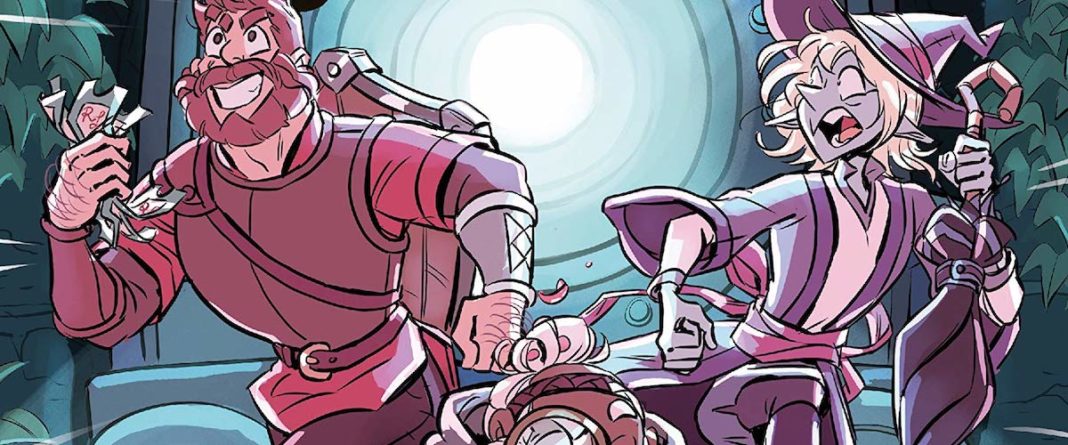
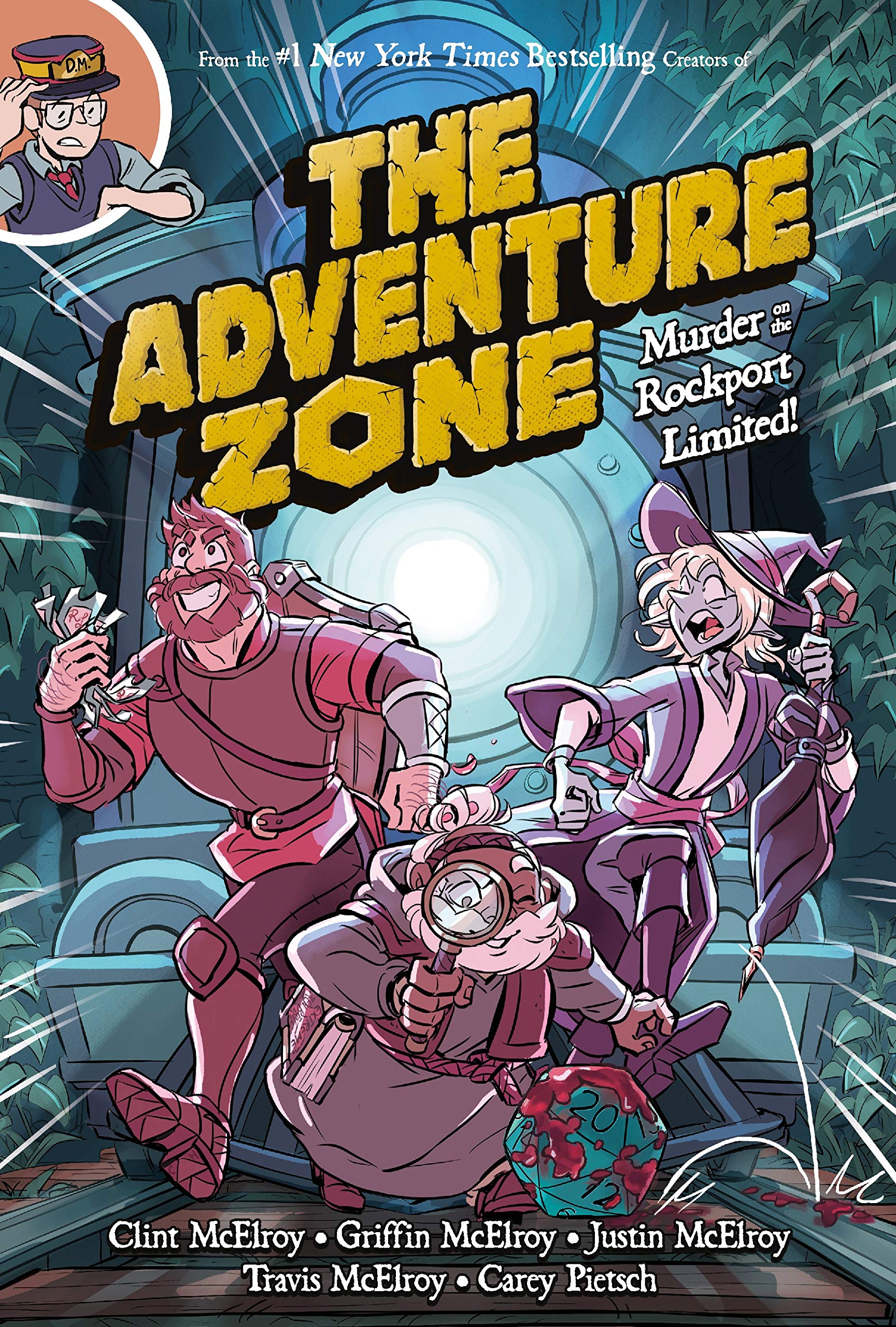
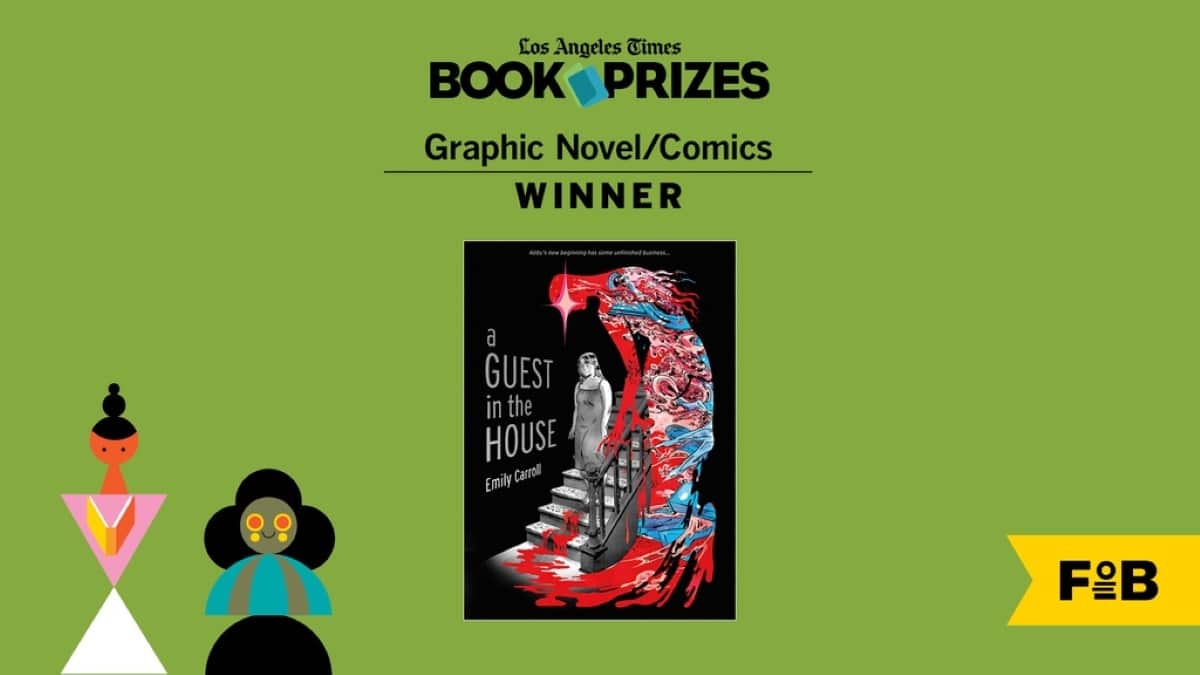
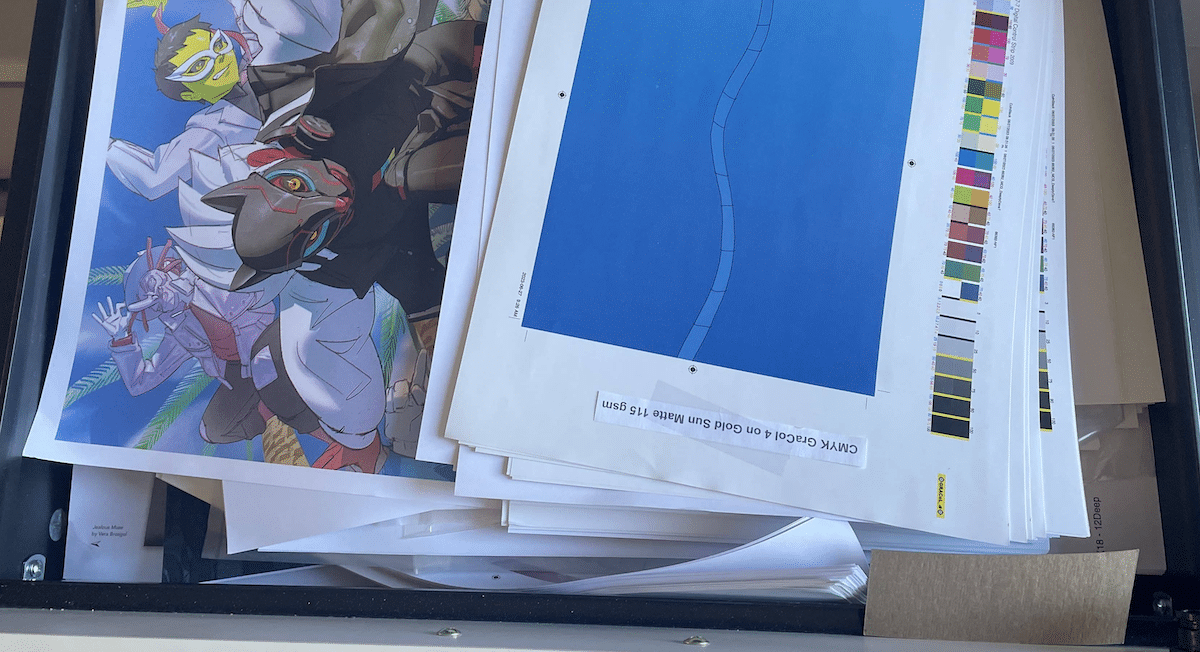
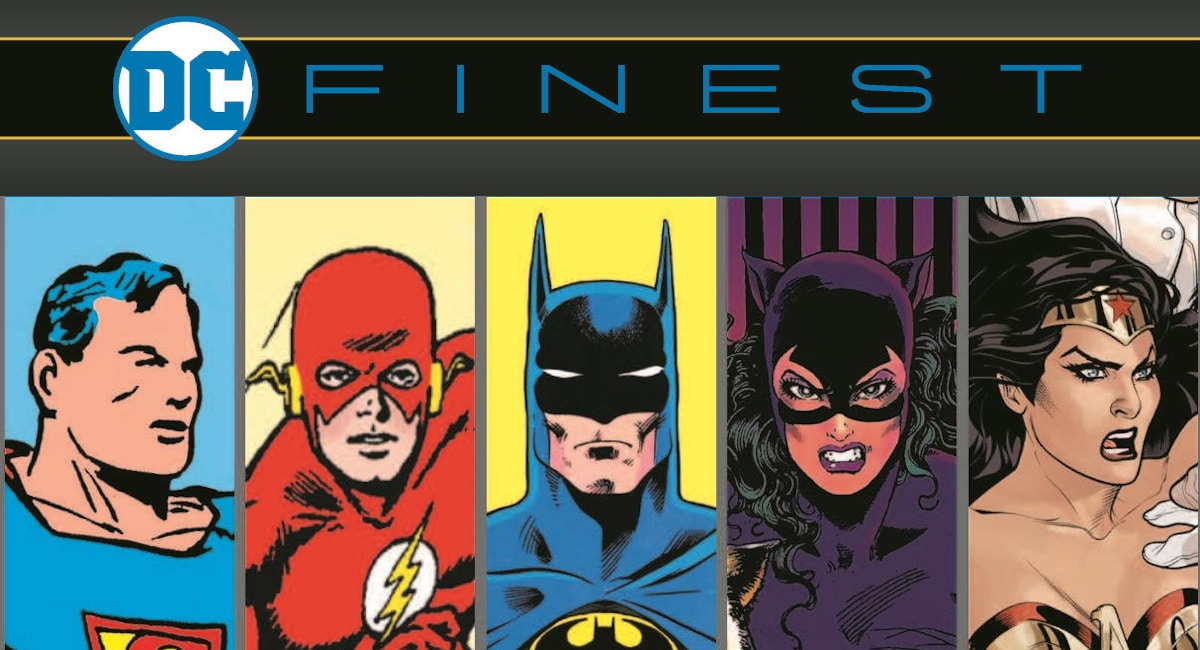


Comments are closed.